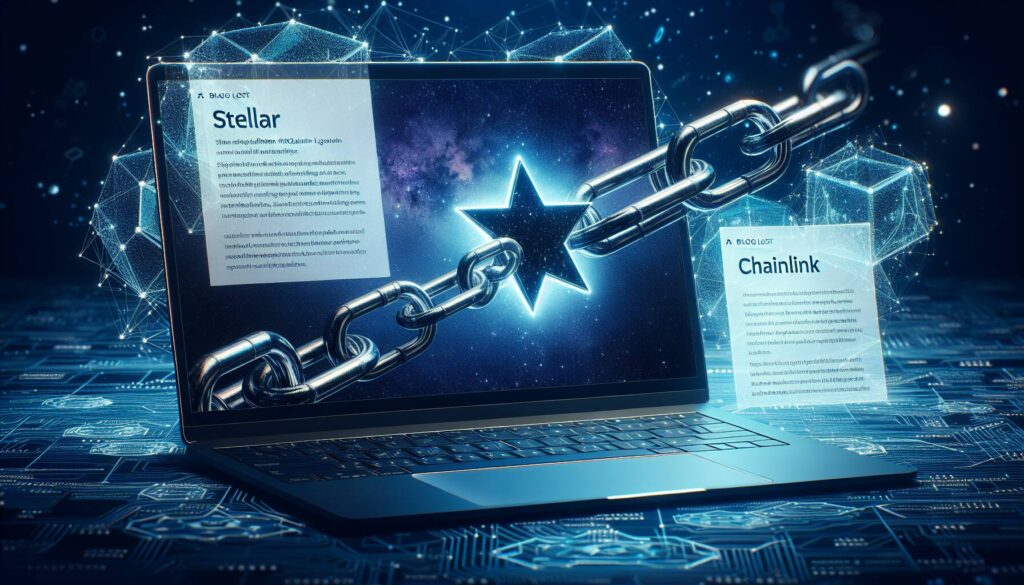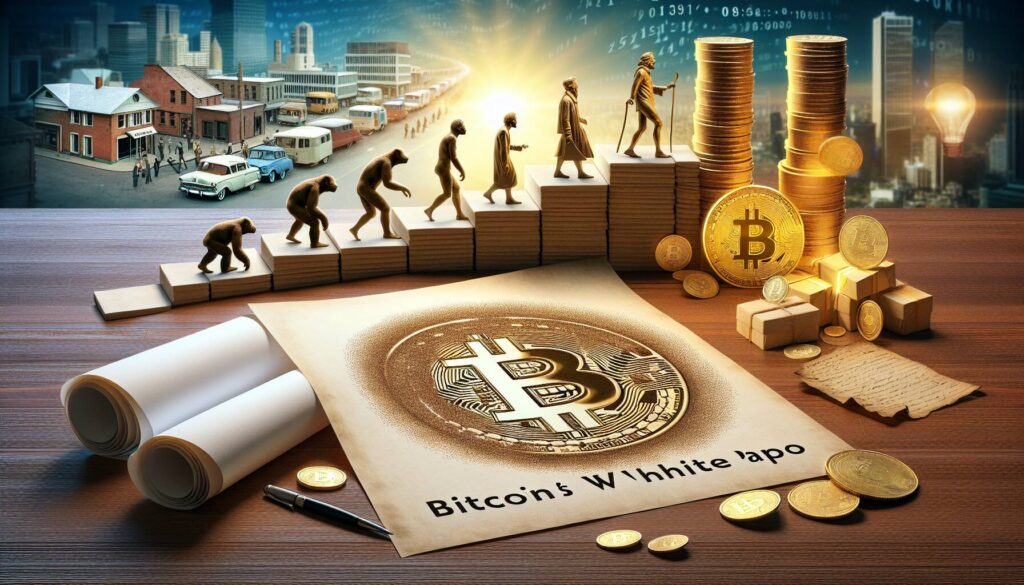In an intriguing development within the cryptocurrency landscape, Matt Hougan from Bitwise has recently expressed optimism regarding Solana’s potential to capture a significant share of the stablecoin and tokenization market. This statement highlights the growing prominence of Solana, particularly as it navigates the competitive waters of digital currencies.
“Solana has good odds of winning a larger share of the stablecoin and tokenization market,” said Hougan, suggesting a bright future for the network.
As one of the leading blockchain platforms, Solana has been recognized for its high throughput and low transaction costs, making it an appealing choice for developers and businesses looking to utilize blockchain technology. The increasing interest in stablecoins—digital currencies pegged to traditional assets—along with the rise of tokenization, where real-world assets are converted into digital tokens, presents a unique opportunity for Solana to expand its influence in these areas.
Hougan’s insights reflect a broader trend in the cryptocurrency industry, which continues to evolve and mature. The potential for Solana to enhance its market position is becoming increasingly relevant as projects and initiatives around stablecoins gain traction. This statement not only underscores the shifting dynamics in the cryptocurrency market but also invites further discussion on how various platforms will adapt to meet the demands of an ever-changing economic environment.
Solana’s Potential in the Stablecoin and Tokenization Market
According to Bitwise’s Matt Hougan, Solana exhibits promising prospects in dominating the stablecoin and tokenization sectors. Here are the key points:
- Market Opportunity: Solana is well-positioned to capture a greater share of the stablecoin and tokenization market.
- Technological Advantage: Its high throughput and low transaction costs make it an attractive platform for developers and users.
- Growing Ecosystem: Increasing partnerships and projects on the Solana network could enhance its visibility and utility.
- Investment Implications: Investors looking for exposure in decentralized finance may consider Solana as a viable option.
- Competitive Landscape: The success of Solana may influence other blockchain ecosystems, driving innovation and competition.
These points suggest that understanding Solana’s evolving role could impact financial strategies for individuals and investors engaging in digital currencies.
Solana on the Rise: A Competitive Edge in Stablecoin and Tokenization Markets
In a landscape where digital assets are continuously evolving, Solana is gaining traction, with Bitwise’s Matt Hougan highlighting its potential to capture an increased share of the stablecoin and tokenization markets. This optimistic outlook sets a compelling backdrop against similar advancements from rivals like Ethereum and Cardano, which are also working to enhance their transaction speeds and scalable solutions.
One of Solana’s competitive advantages lies in its innovative proof-of-history consensus mechanism, which significantly boosts transaction throughput and lowers fees, attracting developers looking for efficiency. In contrast, Ethereum is grappling with network congestion and higher gas fees, despite its established ecosystem. Meanwhile, Cardano, known for its academic rigor, faces criticism over slower deployment of features that could enhance its market position.
Solana’s rising profile could be particularly beneficial for decentralized finance (DeFi) platforms and businesses seeking cost-effective solutions. These entities could leverage Solana’s speed and lower fees to enhance user experience and drive adoption. However, this surge might create discontent among traditional players who benefit from the status quo or those heavily invested in slower blockchains.
While Solana’s progress is promising, it also faces challenges such as maintaining network stability amid rapid growth, which could pose problems for emerging projects that rely on consistent performance. If issues arise, it may open the door for competitors to capitalize on any setbacks, thus maintaining a volatile competitive environment.















